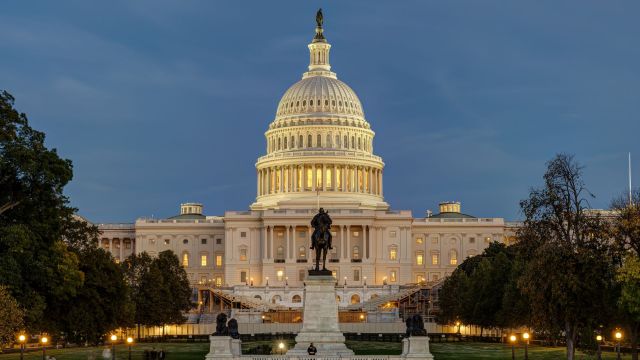Latest insights
Investors should be vigilant and diversified across locations and asset classes,, given rich equity valuations and declining risk appetite.
Read moreUS shutdown driven by partisan gridlock – not due to fundamental funding concerns. Markets appear unbothered. Limited long-term impact foreseen.
Read moreRe-globalisation of trade in a Realpolitik world, is reshaping the opportunity sets across global risk assets.
Read moreFeatured funds
Fullerton Short Term Interest Rate Fund
Fullerton Lux Funds – Flexible Credit Income
Fullerton Lux Funds – Global Absolute Alpha
Fullerton SGD Cash Fund
Fullerton SGD Liquidity Fund
Fullerton Singapore Value-Up Fund

Twin accolades at the LSEG Lipper Fund Awards 2025
Fullerton is pleased to share that it has been recognised at the LSEG Lipper Fund Awards 2025 - Singapore with the following accolades:
* Best Fund (3 years) in Global Equities for Fullerton Lux Funds - Global Absolute Alpha A (SGD) Acc
* Best Fund (10 years) in Asian Bonds for Fullerton Lux Funds - Asian Bonds
We are honoured by the recognitions and remain steadfast on the pursuit of delivering lasting value to those who invest with us. Discover Fullerton's award-winning funds here.
Click here for important advisory on fake websites



